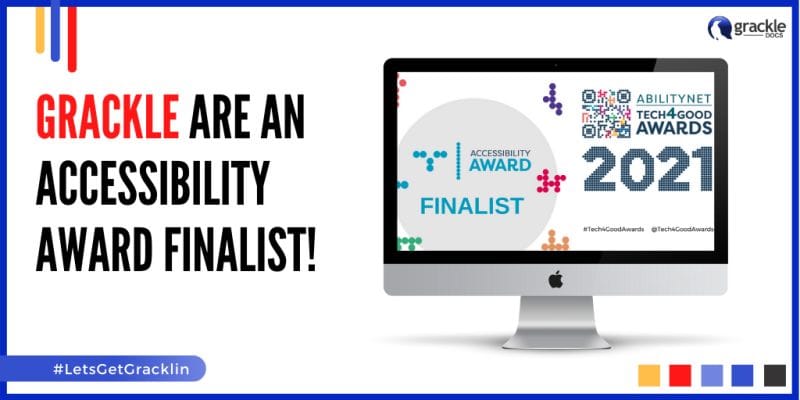Introduction
As technology continues to evolve, so do the expectations for digital accessibility. Technology has grown from a source of entertainment to a tool we deeply rely on for everyday life. Whether that be for work capabilities or for navigating the world around us. Our tech and gadgets are a part of our daily lives, and we are looking forward to the exciting advancements they may bring us. In 2024, we will be following along closely to several key trends that are expected to shape the future of an inclusive digital experience for all users. Having a comprehensive understanding of these emerging trends is essential for staying ahead in the digital space and being able to provide the best experience for all user needs. Let us explore the projected digital accessibility trends that are anticipated to emerge or further develop in 2024.
Everything AI
The rise in AI technologies has changed the way we interact with our tech and mobile devices. Thus, it comes as no surprise that AI would be such a major player in the advancement of digital accessibility. AI can analyze, interpret content, and provide real-time captioning for videos which has provided the groundwork for some truly life-changing technologies such as software used to generate captions in real-time as the users speak, and software used in combination with a mobile phone’s camera to read currency and scan a room with real-time descriptions. And that is just what we’ve seen so far. What else will the future hold for AI? The possibilities seem endless, and we are here for it.
Stricter Web Accessibility Standards
The implementation of web accessibility standards has been a great step towards making the online experience a more welcoming and accessible environment for all users and has in turn given exposure to the importance of digital accessibility by giving a voice to a large percentage of users who have been often left out of the target audience scope. With a better understanding of digital accessibility growing as a society, it would be fair to assess the expansion of those standards to extend to other facets that affect the user’s experience and determine web accessibility such as digital designs, (UX) designs, and even the capabilities of screen readers.
Augmented Reality (AR)
Augmented Reality will be giving Virtual Reality technologies a run for their money when it comes to accessibility capabilities with the somewhat recent announcement of a leading tech giant throwing its hat into the reality-immersive technology game. But what is the difference between VR and AR? Virtual Reality creates a world around you immersing the user in a virtual world, whereas Augmented Reality enhances and works with the world around you using computer-generated sensory inputs (graphics, GPS data, audio, and video). This will have great implications for users with all ranges of sensory impairments for everyday applications as well as digital accessibility by enabling the user to zoom in on objects or text, inverting colours for users with colour impairments, and even identifying objects and obstacles to provide audio descriptions to the users in real-time.
Progressive Web Apps (PWA)
Websites and applications both have their pros and cons when it comes to being accessible. Intentionally or not Progressive Web Apps seem to be combining the best of both worlds and may prove to make a significant stride in digital accessibility. Simply put Progressive Web Apps are websites that look and behave like mobile apps. They will have responsive design, installation straight from the browser, faster loading times, automatic updates, and so much more. Now, how will these functions benefit all users? Responsive design adjusts the website content for various screen sizes reflowing the content to an easier reading order which goes hand in hand with the accessibility of a website. Installation straight from the browser as well as automatic updates simplifies the user experience by avoiding having to open an additional tab or application each time an update or installation is required. And finally, one important ease of access that apps provide users that websites do not is being able to access the application straight from the home screen with Progressive Web Apps you will now be able to have an app icon on the device once the software is installed.
Conclusion
In conclusion, the digital landscape is set to undergo significant transformations in 2024, with a strong focus on accessibility and user experience like we have never seen before. When it comes to accessibility, just like the grackle there is more to it than meets the eye. Web Accessibility is more than usability, it’s about the individual users and the advancement we have made in our tech as a society is proof of that.
Overall, 2024 promises to be an exciting year for digital accessibility with new technologies, trends and the hard-working people behind those advancements paving the way for a more inclusive, accessible, and equitable future.


